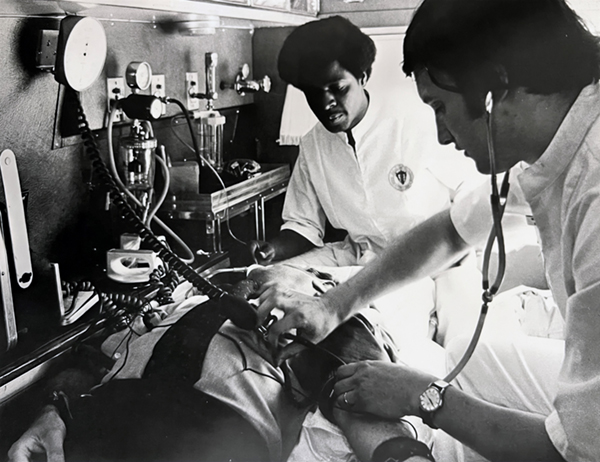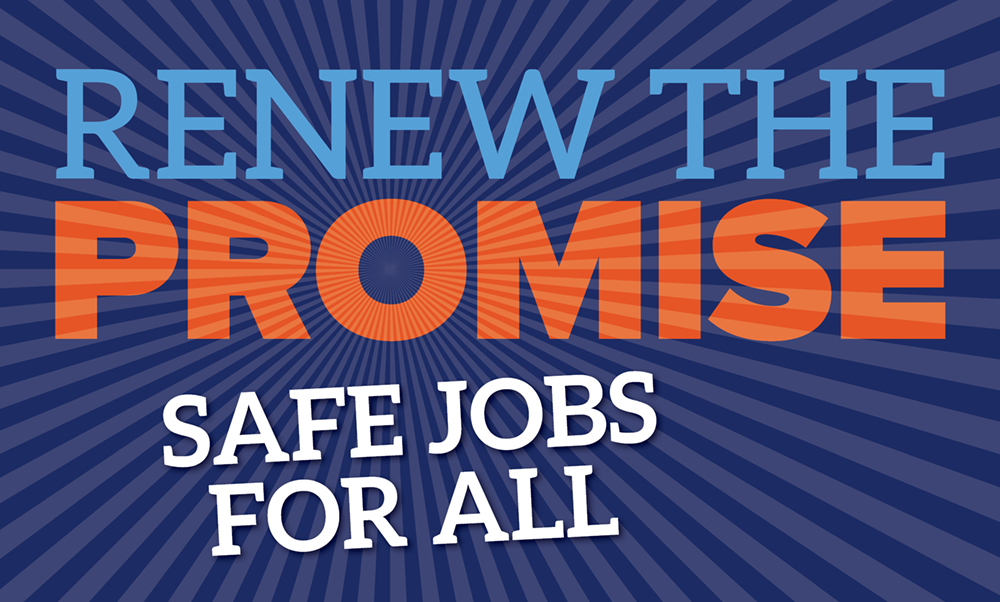Steward’s Corner: Intergenerational Union Solidarity
This article originated from the November 2023 edition of the Stewards Corner Newsletter. Click here for the full article.
Solidarity is the key to union power. And yet we often hear the generational divides in our workplaces… “the young folks don’t want to work;” “the old folks can’t listen and don’t want change.”
Stewards that understand and recognize the generational divides will have an easier time mitigating the differences and communicating with everyone.
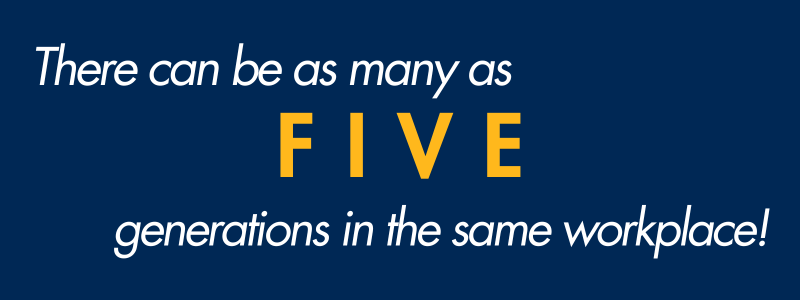
Today, there can be as many as five generations in the same workplace. These generations are often characterized by common sets of characteristics, experiences, and worldviews.
But, these stereotypes or differences can play out as bias or anger. In order to grow our movement, we have to be intentional in bringing together everyone, of all ages and backgrounds, to form a united front.
Let’s begin with some basics. The following are the labels given to different generations:
- The Silent Generation (born 1925 – 1945; loyal, but traditional)
- Baby Boomers (born 1946 – 1964; collaborative, but averse to change)
- Generation X (1965 – 1980; self-reliant but skeptical)
- Millennials (1981 – 1996; driven, but entitled,)
- Generation Z (1997-2012; cynical, but hyperaware)
And then there are the stereotypes:
Match the Stereotype to the Generation
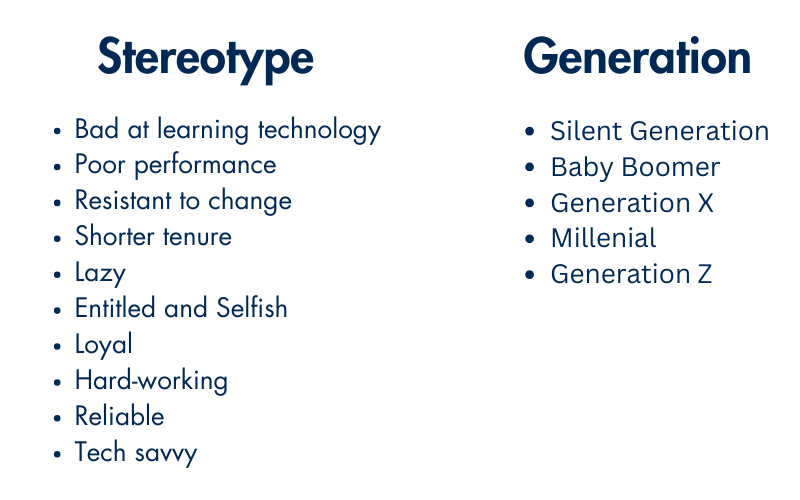
That game may have been a little too easy and that is where problems may arise. What we need is to build understanding, not put people in boxes.
Steps Stewards Can Take
Understanding the Expectations Divide
Key is understanding the reasons that generational priorities may differ.
For example, older generations grew up with an expectation that if they work hard, their company will come through with job security and promised benefits, such as pensions. Younger generations grew up with an expectation that they will not be in the same job throughout their entire career, and work-life balance is often more important to them.
While our unions were built by members of the Silent Generation and Baby Boomers, recent data shows that Gen Z is the most pro-union generation, with Millennials right behind them. Union support across all generations has increased sharply in the last 5 years. We should celebrate (together)!
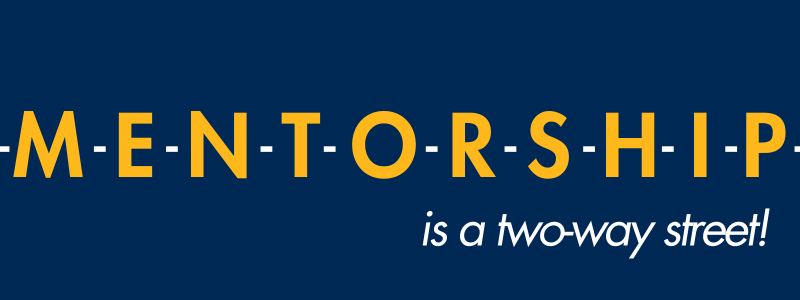
Mentorship
Mentorship is often thought of as a more-senior person showing a less-senior person the ropes, but mentorship should be a two-way street, based on the interests and skills of the participants.
Creating innovative mentorship programs can showcase the talents of all members and help foster inclusivity.
Mentoring new members allows us to pass on the institutional memory that often gets lost when someone retires. Our local union history, which is vital to ensuring our union’s continued success, is often passed down orally. We can’t afford to lose our stories. Be sure to help all new members (not just younger members) learn about how we got here and why our union does what we do.
Younger people can also mentor older workers. Today’s Millennial and Gen Z workers were raised on technology, and have the reputation that they can master anything with a screen. Encouraging NextGen members to help preserve local union history through digital means can be a fulfilling project for everyone.
Of course, these are generalizations, but what we know is that every union member has a way to contribute to our success.
Respectful Communication
We all want to be listened to and treated respectfully. At the workplace everyone should be treated equally. Comparing co-workers to your kids… or your grandparents… may not be the most effective way to get your ideas across!
Create an Intentional Program to Bring All Generations Together
Unions build solidarity by creating a united front when dealing with management, and by helping members build relationships with each other during union-only activities. Each of these situations can be used to increase intergenerational solidarity.
When making demands of an employer, build a member coalition with multiple generations to ensure that a) your demands meet the needs of the many, and, b) consideration is given to how members may benefit from the demands.
For example: demanding ergonomic improvements on the job. Older workers often need work to be designed in a way that conforms to their physical abilities – but any changes that make work easier for older workers will make work easier for all workers.
Similarly, when planning union events, make sure that the planning committee is inclusive. Ideas for inclusive events may include holding child-friendly events, or meetings where child care is provided; music and food that has a little something for everyone, and other considerations that a multi-generational planning committee is likely to identify.
Solidarity forever – among all ages!
By clicking Sign Up you're confirming that you agree with our Terms and Conditions.
Recent News Articles
Want to Learn More?
See how the USW is making a real difference in our communities and our workplaces.
